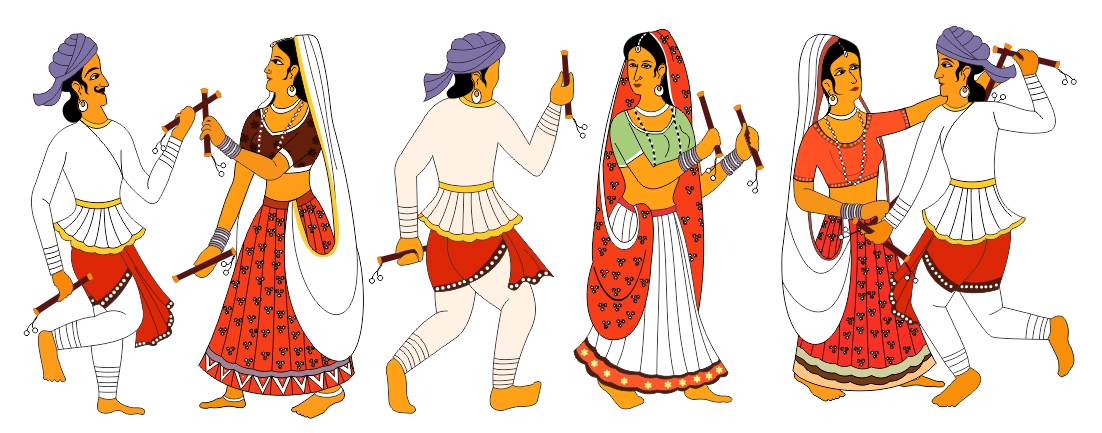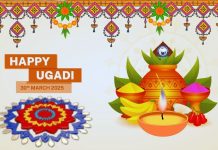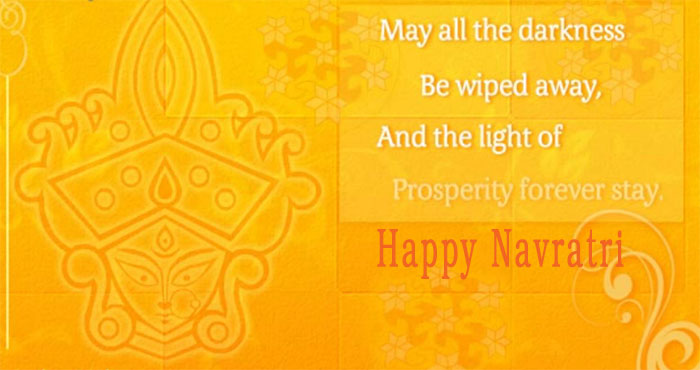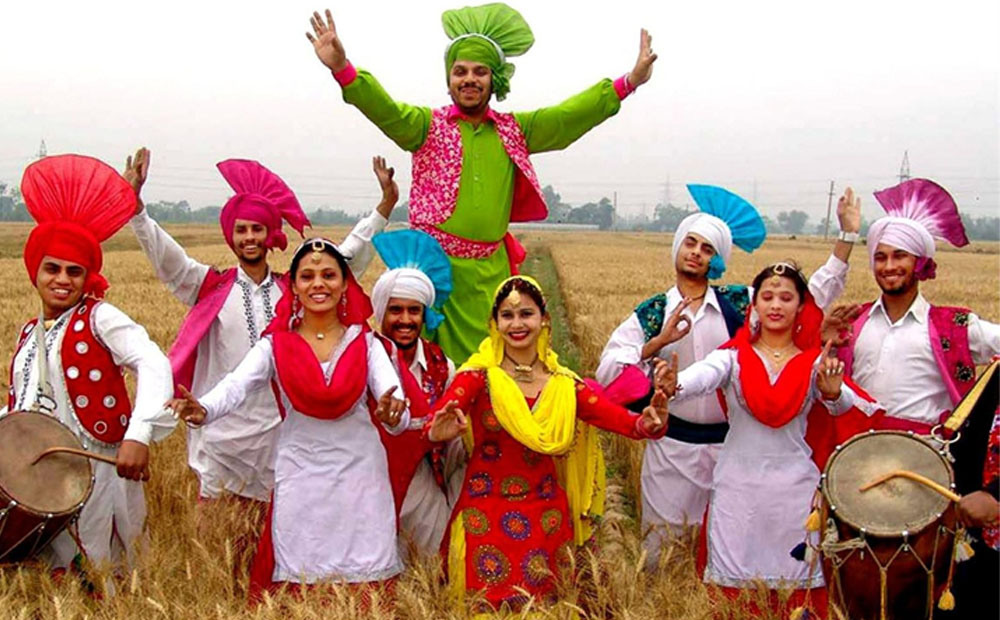Did you know that Dandiya is actually the staging of a mock-fight between the Goddess Durga and Mahishasura, the mighty demon-king, and is nicknamed ‘The Sword Dance’.
During the dance, dancers energetically whirl and move their feet and arms in a complicated, choreographed manner to the tune of the music with various rhythms. The dhol or drums are used as well, as complementary percussion instruments such as the dholak, tabla and others.
Originating as devotional Garba dances, which were always performed in Durga’s honour. The sticks (dandiyas) of the dance represent the swords of Durga.
The women wear traditional dresses such as colorful embroidered choli, ghagra and bandhani dupattas (traditional attire) dazzling with mirror work and heavy jewellery. The men wear special turbans and clothes, but this varies regionally.
During the 9 days of Navratri, Garba is performed before Aarti (worshipping ritual) as devotional performances in the honor of the Goddess, while Dandiya is performed after it, as a part of merriment. Men and women join in for Raas Dandiya, and also for the Garba. The circular movements of Dandiya Raas are much more complex than those of Garba. The origin of these dance performances or Raas is Krishna. Today, Raas is not only an important part of Navratri in Gujarat, but extends itself all over India and to Indian festivals across the world.
Navratri celebration in Jakarta here >>





